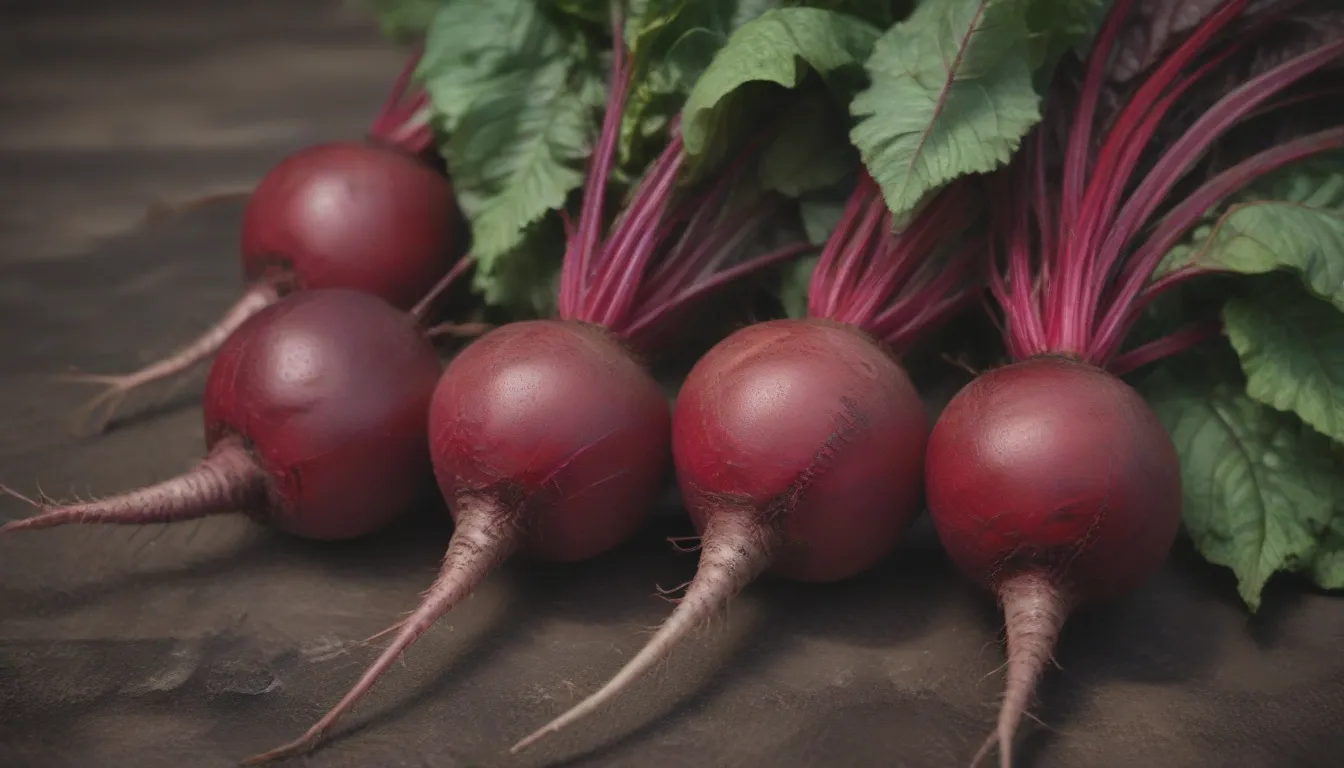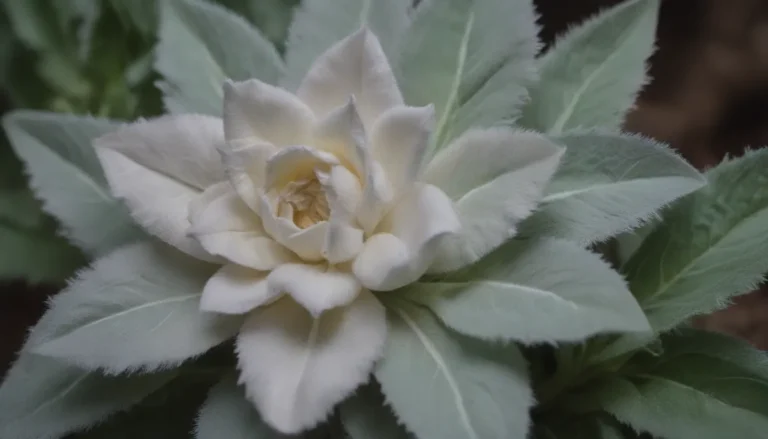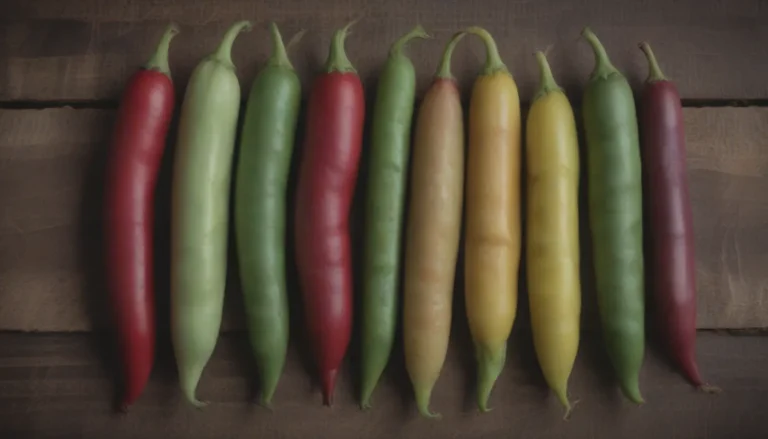A Comprehensive Guide: How to Successfully Grow and Care for Beets

Welcome to our in-depth guide on how to grow and care for beets! Beets, also known as beetroots, are a fantastic addition to any garden. These fast-growing root vegetables are not only delicious but also easy to cultivate. Whether you are a seasoned gardener or just starting out, this article will provide you with valuable information on everything you need to know about growing and caring for beets.
Understanding Beets
Beets, scientifically known as Beta vulgaris, are cool-season crops that thrive in sunny areas with well-draining, neutral soil. They are versatile plants that can tolerate frost and germinate at temperatures as high as 90 degrees Fahrenheit. This makes them a great option for growers in various regions.
Beet Care
When it comes to caring for beets, there are a few key factors to consider to ensure their optimal growth and development.
- Light: Beets prefer full sun, meaning at least six hours of direct sunlight each day. However, they can also tolerate some light shade.
- Soil: Opt for a light, rich, well-draining soil with a slightly acidic to neutral pH. Ensure that the soil is free of rocks, clay, weeds, and other obstructions that may hinder root development. Beets need boron in the soil to prevent black heart, a condition that can affect the leaves and roots.
- Water: Provide at least one inch of water per week and consider mulching to retain soil moisture and prevent overheating.
- Temperature and Humidity: Beets thrive in temperatures between 50 and 85 degrees Fahrenheit and are relatively humidity-tolerant. Proper soil moisture and good air circulation will help prevent fungal growth.
- Fertilizer: If your soil lacks organic matter, consider supplementing with a good vegetable fertilizer to support your beets’ growth.
Types of Beets
When it comes to choosing which beets to grow, there are a variety of options available. Some popular varieties include:
- ‘Burpee Golden’
- ‘Chioggia’
- ‘Detroit Dark Red’
- ‘Mini Ball’
These varieties offer a range of flavors, colors, and textures to suit your preferences and culinary needs.
How to Grow Beets From Seed
Growing beets from seeds is a straightforward process that can yield excellent results. Here’s how you can get started:
- Prepare the Soil: Ensure you have well-draining soil with adequate sunlight.
- Plant the Seeds: Sow the beet seeds directly into the soil, spacing them according to the package instructions.
- Water Regularly: Keep the soil consistently moist to support seed germination and plant growth.
- Thin Seedlings: Once the seedlings emerge, thin them out to provide each plant with enough space to grow.
Pruning and Propagating Beets
Beets do not require pruning, but they do need to be thinned to ensure proper spacing for growth. Additionally, beets are typically grown from seeds rather than plant tissue, making them easy to propagate and a cost-effective option for gardeners.
Potting Beets
If you do not have access to a garden, you can still grow beets in pots. Follow these steps to successfully grow beets in containers:
- Choose a Deep Pot: Select a pot that is at least 10 inches deep with good drainage.
- Select the Right Soil: Use a potting mix formulated for vegetables to provide the necessary nutrients.
- Provide Adequate Sunlight: Place the pot in an area with at least six hours of sunlight each day.
- Water Regularly: Ensure the soil remains consistently moist but not waterlogged.
By following these steps, you can successfully grow beets in containers and enjoy a bountiful harvest.
Overwintering Beets
For those in colder climates, overwintering beets can be a great option to enjoy fresh produce during the winter months. By covering your beets with straw or mulch, you can protect them from the elements and harvest them in the spring.
Common Pests and Diseases
Like any plant, beets are susceptible to certain pests and diseases. Some common problems to watch out for include bacterial, viral, and fungal infections, as well as root rot caused by overwatering. By monitoring your plants regularly and addressing any issues promptly, you can help prevent these problems from affecting your beet crop.
Common Problems With Beets
- Yellowing Leaves: This may indicate a nutrient or water deficiency. Ensure your plants are getting enough water and consider fertilizing as needed.
- Lack of Vegetable Production: If your beets are not producing, it may be due to insufficient sunlight. Ensure your plants are receiving the necessary light and adequate spacing for optimal growth.
In conclusion
Beets are a versatile and rewarding crop to grow in your garden. By following the tips and guidelines outlined in this article, you can successfully cultivate healthy beets and enjoy a bountiful harvest. Whether you are a beginner or experienced gardener, growing beets can be a fulfilling and delicious experience. Happy gardening!
Remember, the key to successful beet cultivation is to provide the right growing conditions, regular care, and timely attention to any issues that may arise. With a little patience and dedication, you can enjoy the flavorful rewards of homegrown beets in no time. So roll up your sleeves, get your hands dirty, and start growing your own delicious beets today!





